Sustainable Development Goals Explained
If you’re new to Cleo, welcome. If you’re not so new and have listened/watched/read our content to date, you’ll notice we refer to SDGs (Sustainable Development Goals) from time to time.
We wanted to take the opportunity to explain their origin and what they mean, mainly because they’re a great benchmark when considering the quality of sustainability initiatives we might be considering now and in the future through the Cleo ESG board.
What are SDGs?
In a nutshell, they were introduced by the United Nations in 2015 as a universal call to action to end poverty, protect the planet, and ensure that by 2030 all people enjoy peace and prosperity. In total, there are 17, and they were adopted by the UN member states as a “blueprint to achieve a better and more sustainable future for all”. You might have heard SDGs referred to as Global Goals or the 2030 Agenda too.
So, while many of the SDGs are focused on tackling the human impact of climate change, they go way beyond that, taking into account global health, poverty, education and equality, among others.
“Ending poverty and other deprivations must go hand-in-hand with strategies that improve health and education, reduce inequality, and spur economic growth – all while tackling climate change and working to preserve our oceans and forests.”
And in case you’re wondering what they are, here’s the list in full.
GOAL 1: No Poverty
GOAL 2: Zero Hunger
GOAL 3: Good Health and Well-being
GOAL 4: Quality Education
GOAL 5: Gender Equality
GOAL 6: Clean Water and Sanitation
GOAL 7: Affordable and Clean Energy
GOAL 8: Decent Work and Economic Growth
GOAL 9: Industry, Innovation and Infrastructure
GOAL 10: Reduced Inequality
GOAL 11: Sustainable Cities and Communities
GOAL 12: Responsible Consumption and Production
GOAL 13: Climate Action
GOAL 14: Life Below Water
GOAL 15: Life on Land
GOAL 16: Peace and Justice Strong Institutions
GOAL 17: Partnerships to achieve the Goal
So what for Cleo?
It’s a good question. Why does this matter as far as Cleo is concerned? Well, as we’ve explained through other content (we go into some detail in our whitepaper), we want to create impact with new investments through the Cleo DAO. These investments are funded through a 5% contribution from our top line, our revenue, so we’re aiming to be making a significant contribution into sustainable initiatives in the future.
As we evaluate these initiatives, we’ll also consider which ones to partner with for our own customer rewards in programmes like Marketing for Good. So, for Cleo, a great benchmark is to look at what these projects deliver against the 17 SDGs.
Some projects are quite niche and provide limited scope to meet all the SDGs. For us, that’s ok. Their main purpose is tackling climate change and pollution, which is a big enough task as it is. Others, on the other hand, will be much further ranging and offer a great opportunity to tackle many of the SDGs through individual initiatives.
Rimba Raya Meets All 17 Goals
One of our founding partners, the Rimba Raya Biodiversity Reserve, in Borneo, protects and preserves one of the most valuable pieces of land in the world in terms of biodiversity, endangered species (the amazing orangutan) and carbon offset. Not only have they looked at the immediate impact they can have in preserving the ecosystem, they’ve considered the broader opportunity of engaging local communities to provide a much deeper impact through the funding that their carbon avoidance programme generates.
In fact, the delivery of Rimba Raya’s livelihood programmes in surrounding villages to provide education, employment and hope for the future addresses all 17 of the UN’s SDGs, which is one of a select group of projects around the world to achieve this.
So Now You Know
Everyday is a school day. You might have woken up today with no knowledge of the UN’s 17 SDGs so we hope this gave you a little insight to learn more and helped you understand why it’s important to Cleo, to you and to the planet.
